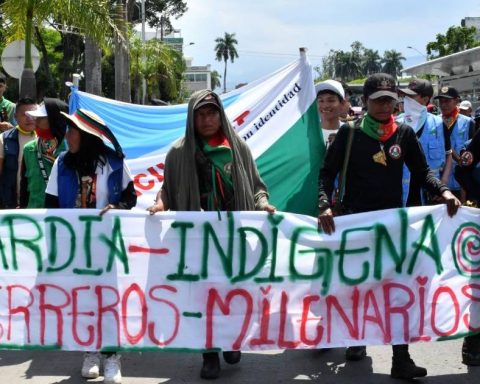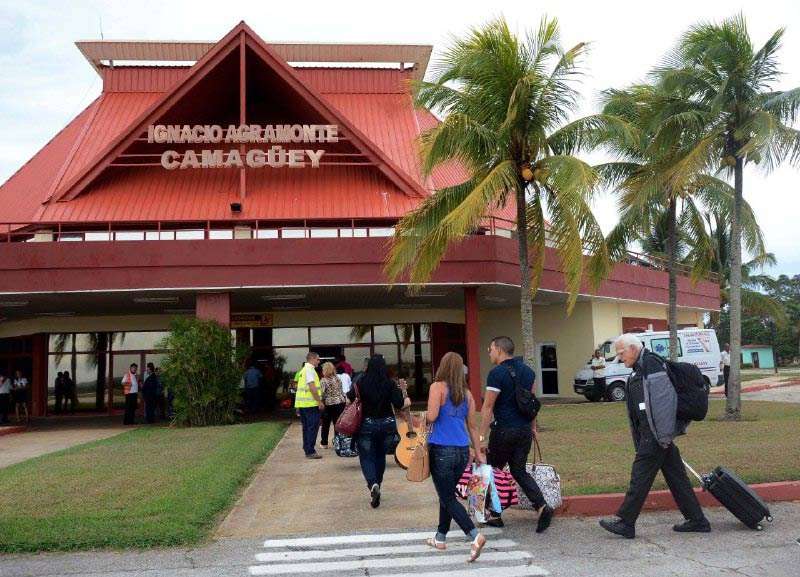Contrary to analysts’ expectations, November was not the month in which inflation saw a respite. The Consumer Price Index (CPI) registered a monthly variation of 0.77%, and with it the annual data climbed to 12.53%.
(See: Minimum wage: the pressure that the IPC puts on the discussion).
“This annual inflation that the CPI reached in November is a fairly high level that we Colombians have not experienced since March 1999. In other words, in this century we have not experienced a level higher than the one we are observing”, indicated Piedad Urdinola, the general director of Dane, when presenting the results.
Food and non-alcoholic beverages remained in November as the expense division with the highest increase (1.5%), and also represented the largest contribution to the CPI, with 0.29 percentage points of the variation of 0.77%, followed by transportation, with a rise of 1.35% and a contribution of 0.17 points.
“It is atypical inflation for a November. Normally in this month it does not exceed 0.20%”, indicated Sergio Olarte, Chief Economist Scotiabank Colpatria, who assured that the figure “was quite high” and highlighted the weight of food, which in annual terms is approaching a rise of 30% (27.08%). “The depreciation and difficulty due to winter caused some perishables to rise too much and additionally food outside the home and transportation also helped a lot to make inflation so high”, he explained.
(See: The potato, one of the most expensive foods in the family basket).
from bank Itau It was highlighted that inflation continues to rise in November, driven by these three same components and that inflation without food and energy goods rose 0.58% compared to October.
“Inflation is likely to end 2022 above our estimate of 12%. For next year we expect a slow disinflation process, since the indexation, depreciation of the Colombian peso and the effects of fiscal reforms lead to inflation of 8%.”, indicated the bank.
Likewise, BBVA highlighted that the food basket once again surprised the market. “Even with continued pressure on food inflation this year, we expect inflation to end the year close to 12.5%. Headline inflation will begin to fall slowly in the first half of 2023, but will do so more strongly in the second half of that year“, said Laura Peña, BBVA Research economist for Colombia.
(See: inflation does not subside).
In the annual comparison, the category with the greatest increase in its prices is precisely that of food and beverages, with an increase of 27.08%, followed by articles for the home and its conservation, in which are found the products of cleaning, which has seen a price rise of 17.33% compared to November 2021, and in third place are restaurants and hotels, with annual inflation of 16.84%.
In the variation of 12.53% In the case of annual inflation, the greatest weight is also given by food, with a contribution of 4.69 percentage points, followed by the branch of accommodation, water, electricity and gas, with 2.24 points of participation in this inflation, and restaurants and hotels, with 1.67 points.
Inflation in Colombia
So far this year between January and November, the consumer basket has seen an increase of 11.72%, but a good part of this increase has been concentrated in certain specific products.
(See: Inflation in November: the highest in the decade despite discounts).
Of 188 subclasses that the Dane measures in establishments such as shops, drugstores, market places and supermarkets, 20 are responsible for 62% of inflation.
Among the goods and services that present a greater incidence in inflation, those that have the greatest participation in the data for the current year are meals outside the home, with a weight of 1.05 points, and an increase of 15.7% since January.
Electricity, which has risen 23.44% this year, is responsible for 0.74 points of inflation, while Vehicles, whether new or used, they have risen around 18%, with which they have contributed 0.5 points to inflation.
(See: The dangers of exceeding or falling short with the increase of the minimum).
Among the products that have risen the most this year are also rice, meat, chicken, bread and plantains, rents, gas and urban transport.
LAURA LUCIA BECERRA ELEJALDE
Journalist Portfolio
















